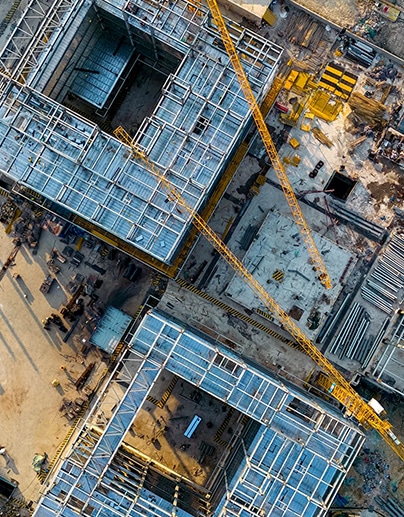This is YA.
Together we make it possible.


 What We Do
What We Do
As a global industry leader, YA provides strategic services necessary for complex and sophisticated projects. Our dedicated team of multi-disciplinary experts offer comprehensive custom solutions for forensic consulting, engineering, risk mitigation, and other related services.
TRUST • PARTNERSHIP • COMMITMENT









